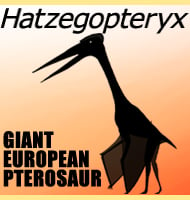Eromangasaurus
In Depth Eromangasaurus was initially known as E. carinognathus, but this was seen as a synonym to the second species of Tuarangisaurus which was also named in 2005. The material became known as Tuarangisaurus australis until further study by Bernjamin P. Kear revealed several key differences. In 2007 Eromangasaurus was resurrected as a distinct genus … Read more
